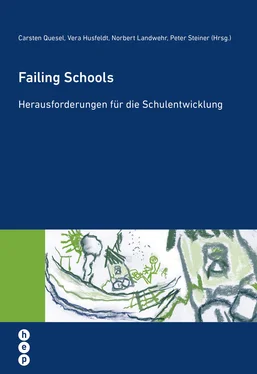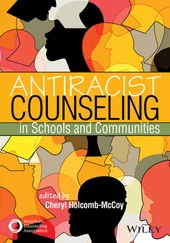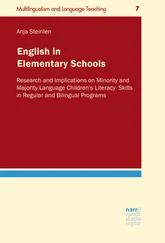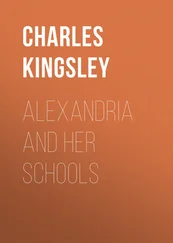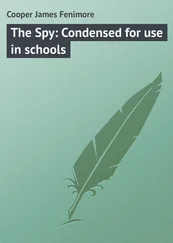Leithwood, K., A. Harris & T. Strauss (2010). Leading School Turnaround. How Successful Leaders Transform Low-Performing Schools. San Francisco, CA: Jossey-Bass.
Levin, B. (2007). Schools in Challenging Circumstances: A Reflection on what we Know and what we Need to Know. School Effectiveness and School Improvement: An International Journal of Research, Policy and Practice, 17 (4), 399–407.
McDermott, K. & A. McDermott (2009): What Causes Variation in States’ Accountability Policies? Peabody Journal of Education, 78 (4), 153–176.
Mintrop, H. (2003). The limits of Sanctions in Low-Performing Schools: A study of Maryland and Kentucky Schools on Probation. Education Policy Analysis Archives, 11 (3). Online: http://epaa.asu.edu/epaa/v11n3.html[22.11.2012].
Mortimore, P., P. Sammons, L. Stoll, D. Lewis, & R. Ecob (1988). School Matters. Berkeley, CA: University of California Press.
Muijs, D. (2007). Improving Failing Schools: Towards a Research Based Model. Online: www.fm-kp.si/zalozba/ISBN/978-961-6573-65-8/077-090.pdf[16.11.2012].
Murphy, J. & C. V. Meyers (2007). Turning Around Failing Schools. Leadership Lessons From the Organizational Sciences. Thousand Oaks, CA: Corwin Press.
Nichols, S. L. & D. C. Berliner (2007). Collateral Damage. How High-Stakes Testing Corrupts America’s Schools. Cambridge, MA: Harvard Education Press.
Nicolaidou, M. & M. Ainscow (2005). Understanding Failing Schools: Perspectives from the Inside. School Effectiveness and School Improvement: An International Journal of Research, Policy and Practice, 16 (3), 229–248.
OECD (2012). Equity and Quality in Education. Supporting Disadvantaged Students and Schools. Paris: OECD.
Quesel, C., V. Husfeldt, N. Landwehr & P. Steiner (Hrsg.) (2011). Wirkungen und Wirksamkeit der externen Schulevaluation. Bern: hep.
Reynolds, D. (1991). Changing Ineffective Schools. In: M. Ainscow (Hrsg.). Effective Schools for All (S. 92–105). London: Fulton.
Reynolds, D., A. Harris, P. Clarke, B. Harris & S. James(2006). Challenging the Challenged: Developing an Improvement Programme for Schools Facing Exceptionally Challenging Circumstances. School Effectiveness and School Improvement, 17 (4), 425–439.
Rutter, M., B. Maughan, P. Mortimore & J. Ouston (1979). Fifteen Thousand Hours. Secondary Schools and their Effects on Children. London: Open Books.
Scheerens, J. (2006). Starke und schwache Schulen – Ergebnisse aus der Schulforschung. Pädagogische Führung 17 (2), 72–75.
Smith, N. (2012). The Louisiana Recovery School District: Lessons for the Buckeye State. Dayton, OH: Thomas B. Fordham Institute.
Stephens, D. B. (2010). Improving Struggling Schools. A Developmental Approach to Intervention. Cambridge, MA: Harvard Education Press.
Stoll, L. & K. Myers (Hrsg.) (1998). No Quick Fixes: Perspectives on Schools in Difficulty. London: Falmer Press.
Turner, L. (1998). Turning around a Struggling School: A Case Study. In: L. Stoll & K. Myers (Hrsg.). No quick fixes: Perspectives on schools in difficulty (S. 96–106). London: Falmer Press.
Wössmann, L. (2007). Letzte Chance für gute Schulen. Die 12 großen Irrtümer und was wir wirklich ändern müssen. München: Zabert Sandmann.
Конец ознакомительного фрагмента.
Текст предоставлен ООО «ЛитРес».
Прочитайте эту книгу целиком, купив полную легальную версию на ЛитРес.
Безопасно оплатить книгу можно банковской картой Visa, MasterCard, Maestro, со счета мобильного телефона, с платежного терминала, в салоне МТС или Связной, через PayPal, WebMoney, Яндекс.Деньги, QIWI Кошелек, бонусными картами или другим удобным Вам способом.
